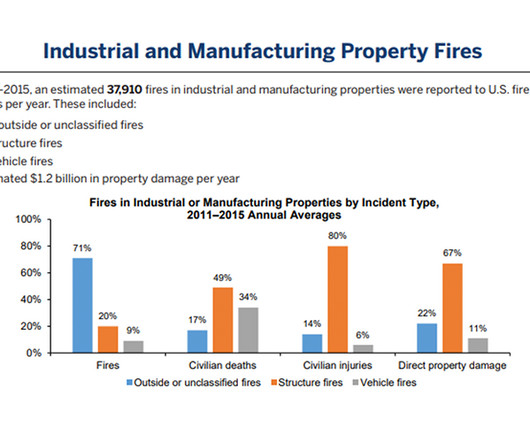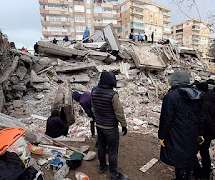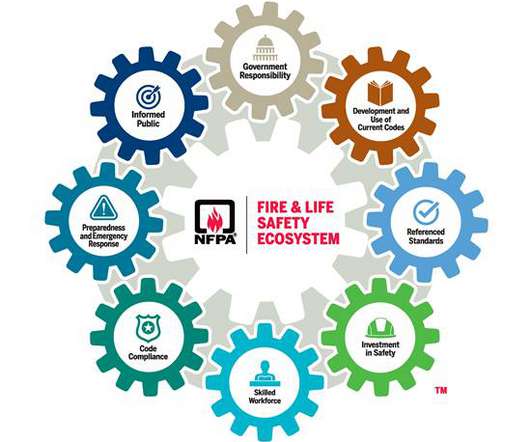Hot Work: More than Welding, Cutting, and Burning
National Fire Protection Association
OCTOBER 6, 2023
Hot work continues to be one of the most significant industrial hazards facing the world. Chemical Safety and Hazard Investigation Board has found that hot work is one of the most common causes of worker death among incidents that it investigates. What are the associated hot work fire hazards? What is hot work?





























Let's personalize your content